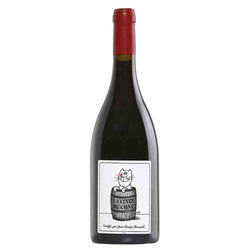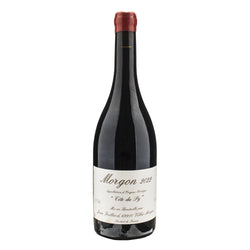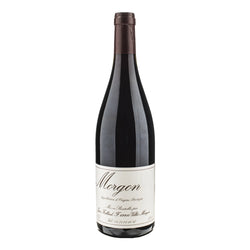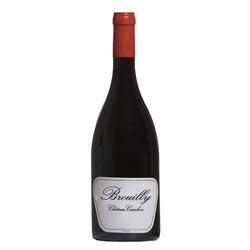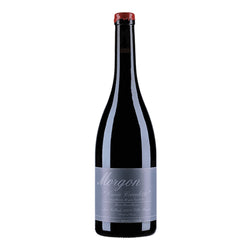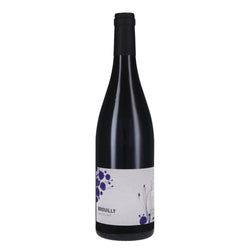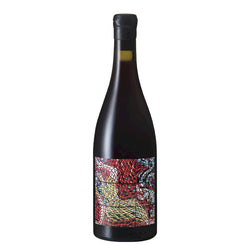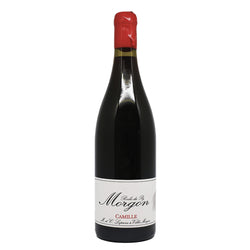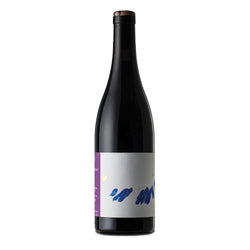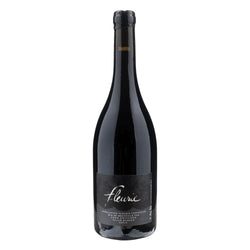Il Gamay è un vitigno a bacca rossa originario della Borgogna, oggi coltivato principalmente nel Beaujolais e in alcune zone della Loira. È celebre per la sua capacità di dare vini freschi, profumati e di grande bevibilità, con una personalità unica che unisce immediatezza e profondità.
Grazie alla sua maturazione precoce e alla buccia sottile, il Gamay esprime al meglio le caratteristiche del terreno su cui cresce: suoli granitici e sabbiosi che donano vini fruttati, minerali e leggeri, ma al tempo stesso complessi e longevi se vinificati con cura.
Nel calice si presenta di un colore rubino brillante, con profumi di ciliegia, lampone, violetta e pepe bianco, spesso accompagnati da lievi sfumature di erbe e grafite. Al palato è succoso, croccante e scorrevole, sostenuto da un’acidità viva e da tannini sottili che ne rendono irresistibile la beva.
La macerazione semicarbonica, tipica del Beaujolais, esalta la fragranza del frutto e la spontaneità aromatica del vitigno, mentre i produttori più artigianali — come Lapierre, Foillard o Thévenet — hanno dimostrato che il Gamay può anche raggiungere profondità e complessità degne dei grandi Pinot Noir.
Perfetto con salumi, carni bianche, piatti di verdure e cucina asiatica leggera, il Gamay è un rosso versatile, contemporaneo e sorprendentemente elegante, ideale per chi cerca vino naturale e autentico, ricco di energia e di vita.
Il Gamay è un vitigno a bacca rossa originario della Borgogna, oggi coltivato principalmente nel Beaujolais e in alcune zone della Loira. È celebre per la sua capacità di dare vini freschi, profumati e di grande bevibilità, con una personalità unica che unisce immediatezza e profondità.
Grazie alla sua maturazione precoce e alla buccia sottile, il Gamay esprime al meglio le caratteristiche del terreno su cui cresce: suoli granitici e sabbiosi che donano vini fruttati, minerali e leggeri, ma al tempo stesso complessi e longevi se vinificati con cura.
Nel calice si presenta di un colore rubino brillante, con profumi di ciliegia, lampone, violetta e pepe bianco, spesso accompagnati da lievi sfumature di erbe e grafite. Al palato è succoso, croccante e scorrevole, sostenuto da un’acidità viva e da tannini sottili che ne rendono irresistibile la beva.
La macerazione semicarbonica, tipica del Beaujolais, esalta la fragranza del frutto e la spontaneità aromatica del vitigno, mentre i produttori più artigianali — come Lapierre, Foillard o Thévenet — hanno dimostrato che il Gamay può anche raggiungere profondità e complessità degne dei grandi Pinot Noir.
Perfetto con salumi, carni bianche, piatti di verdure e cucina asiatica leggera, il Gamay è un rosso versatile, contemporaneo e sorprendentemente elegante, ideale per chi cerca vino naturale e autentico, ricco di energia e di vita.


